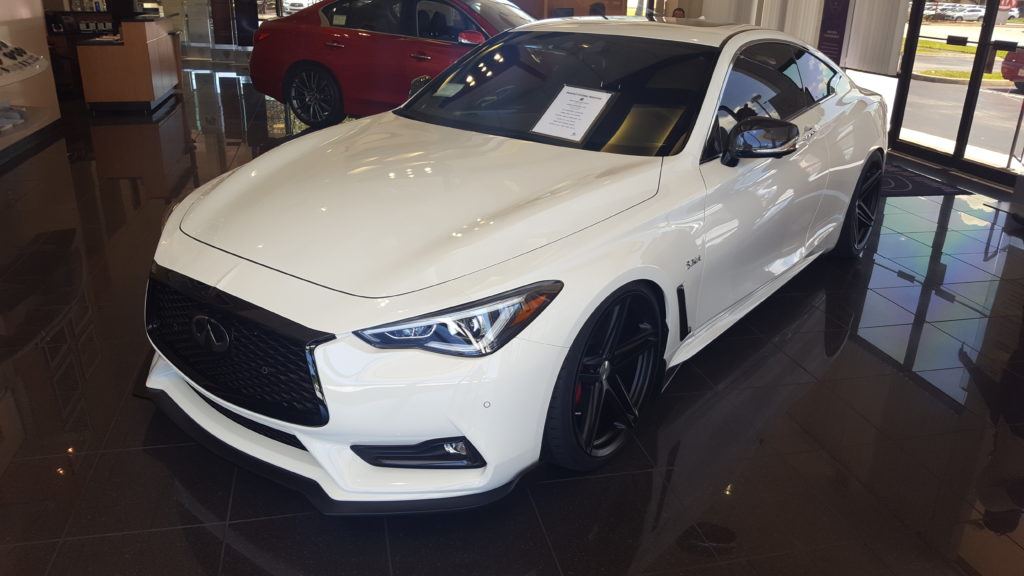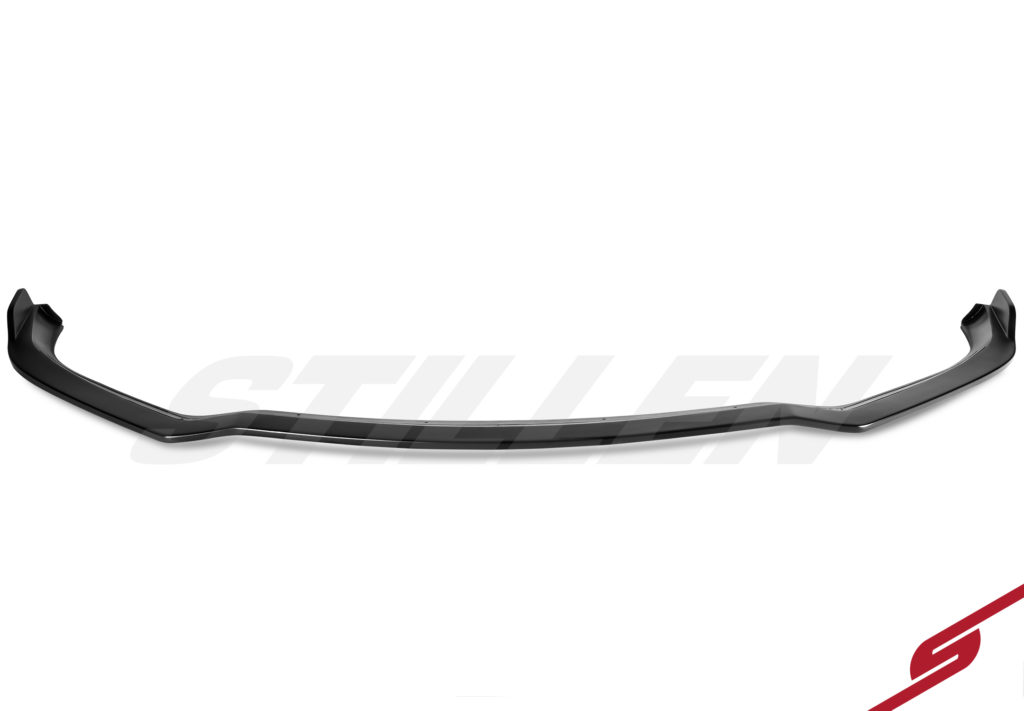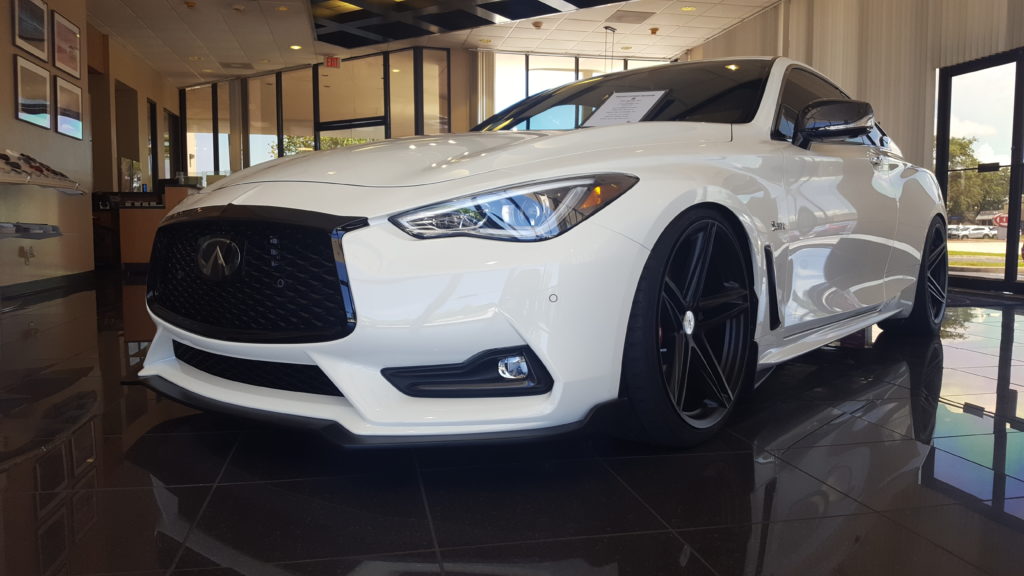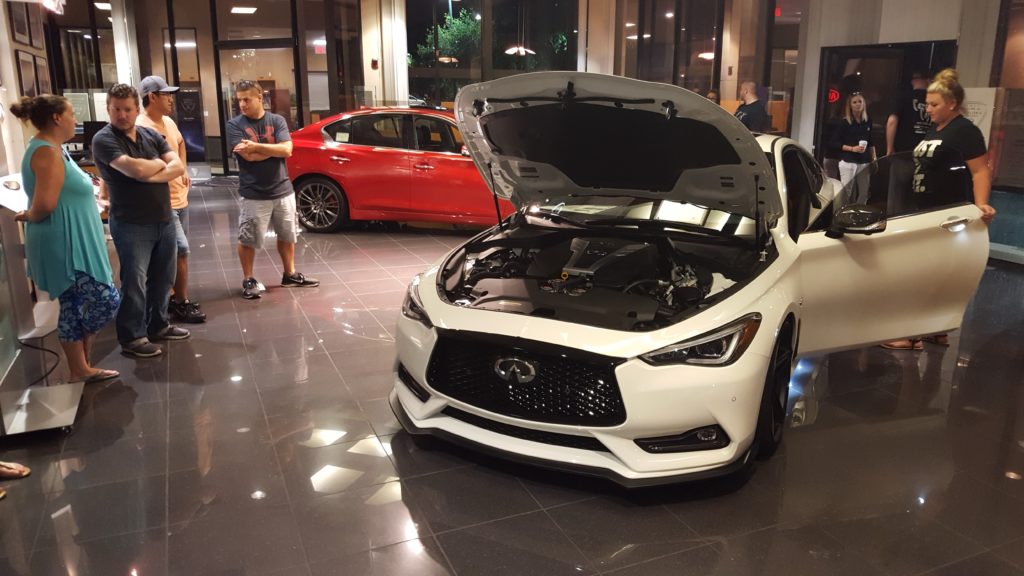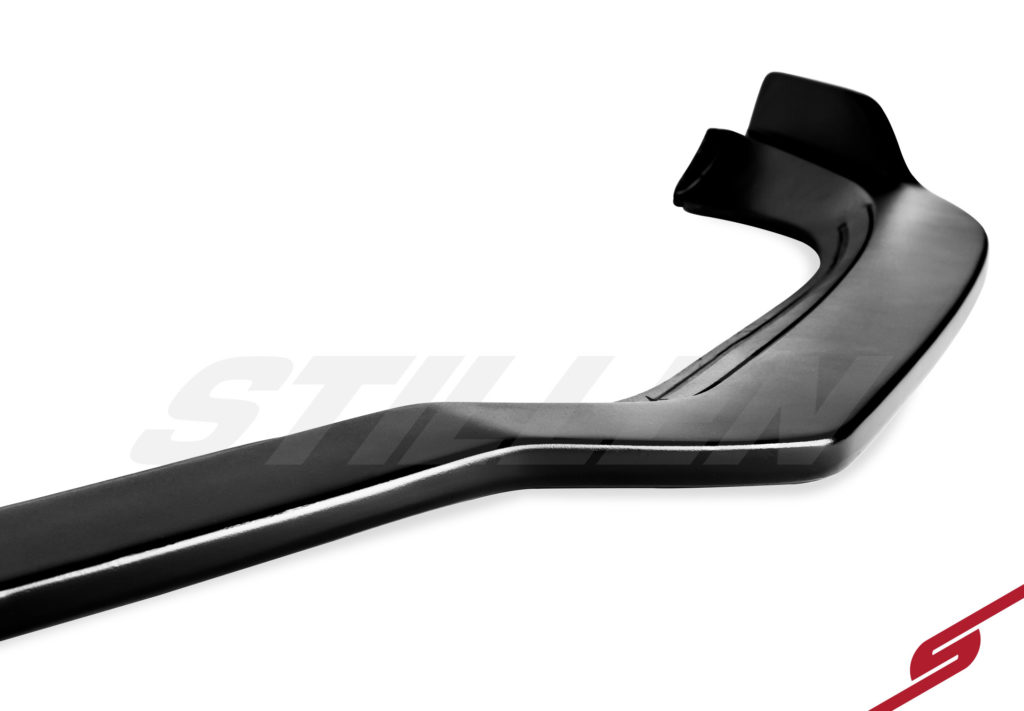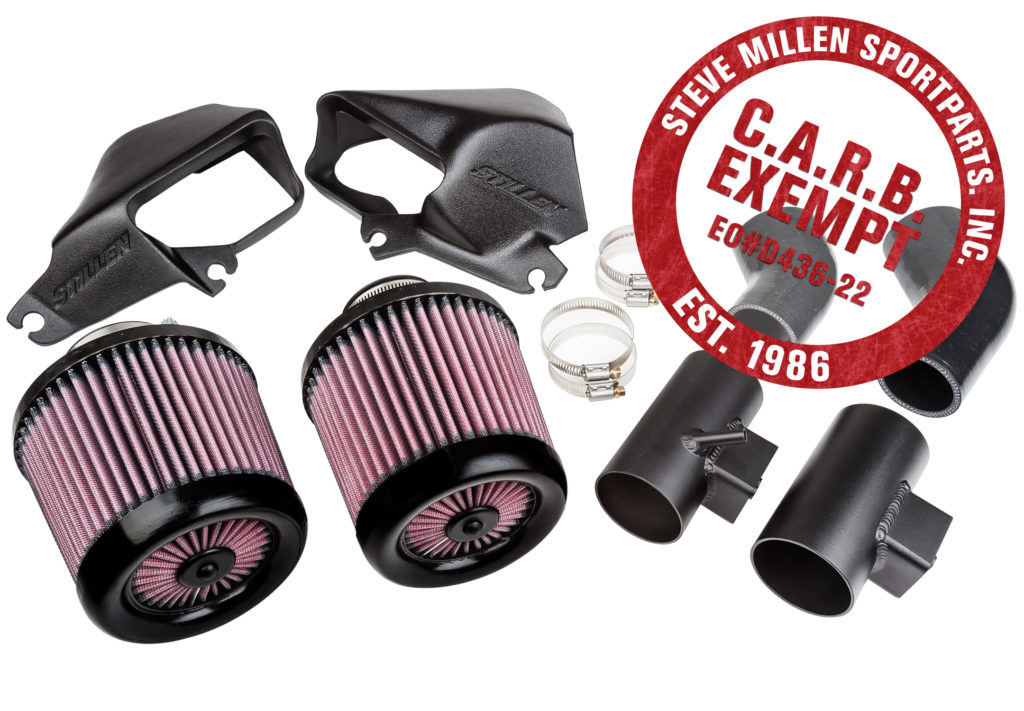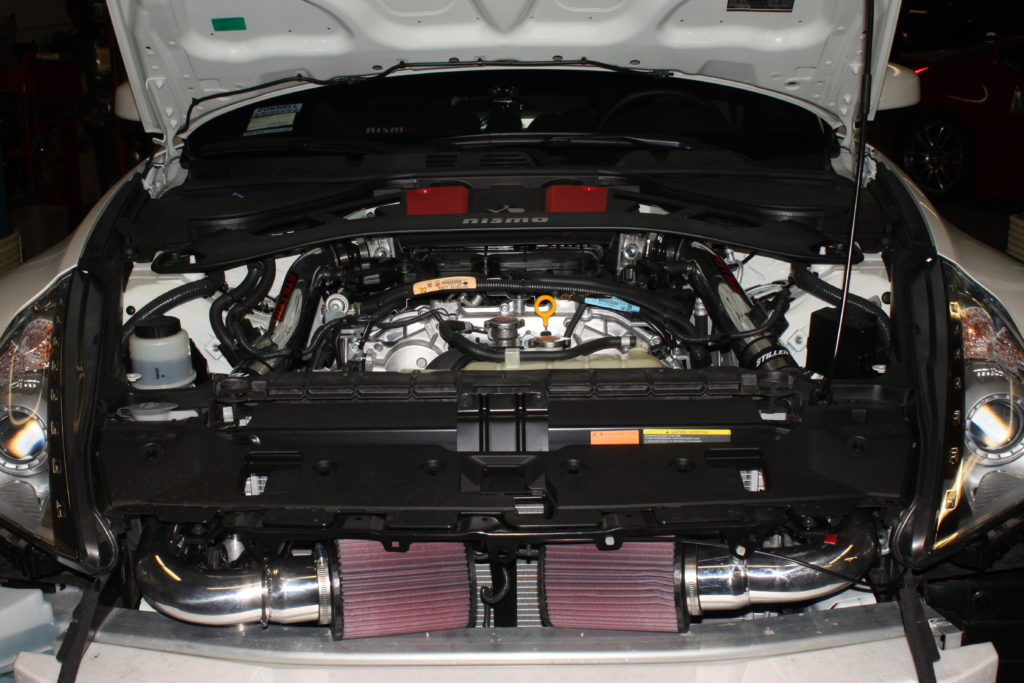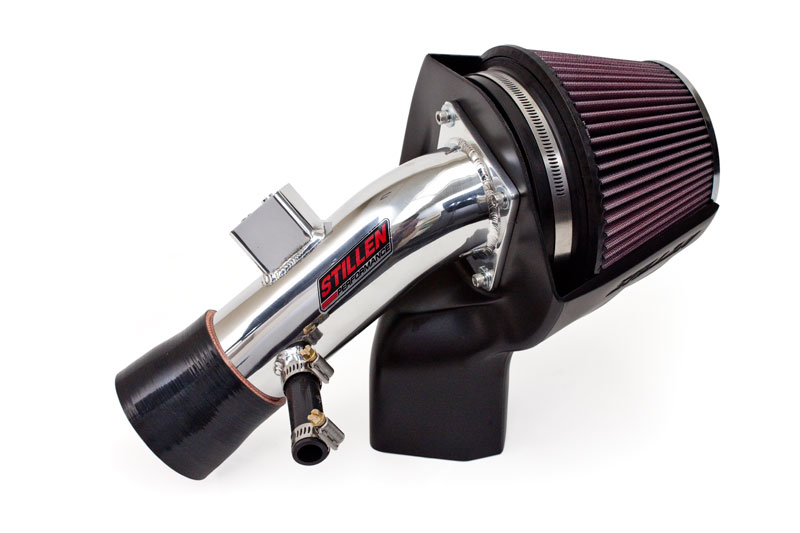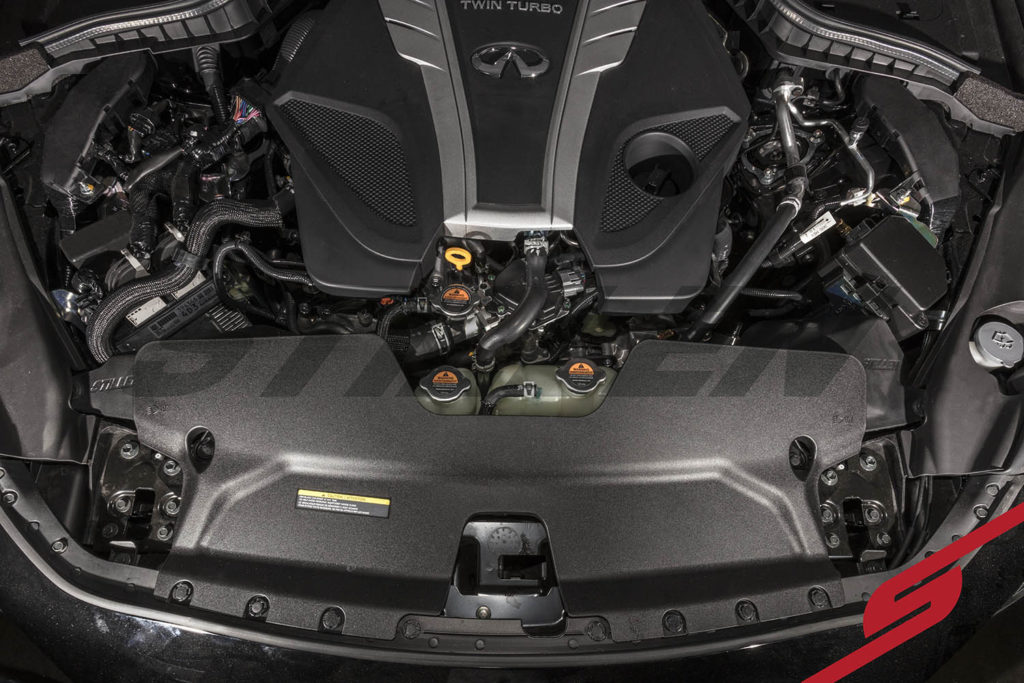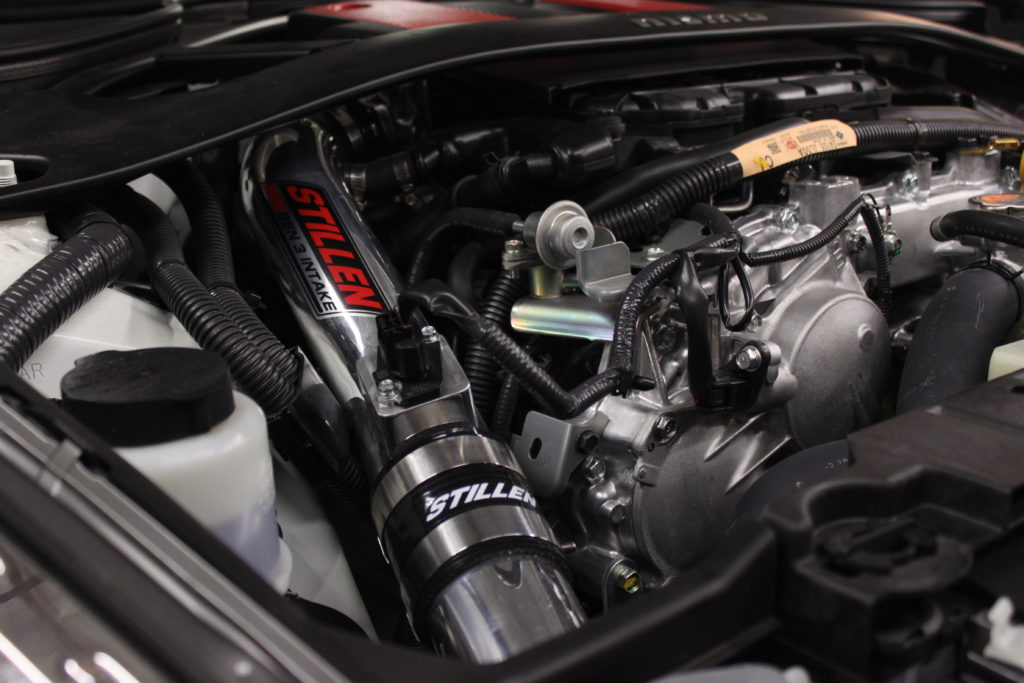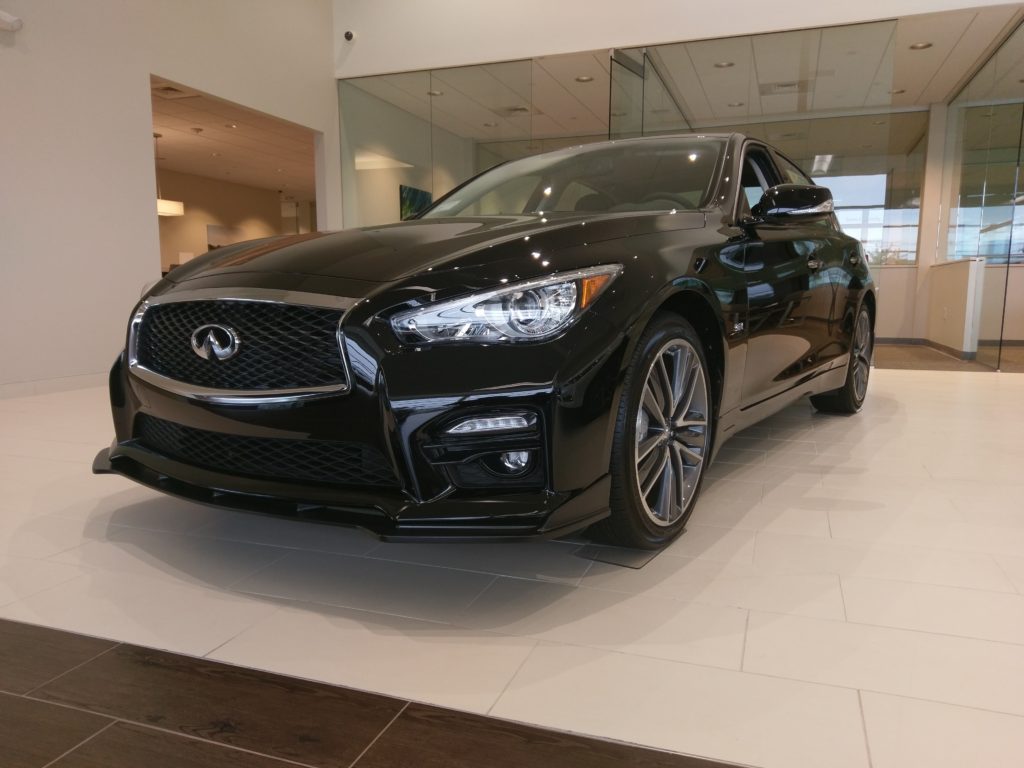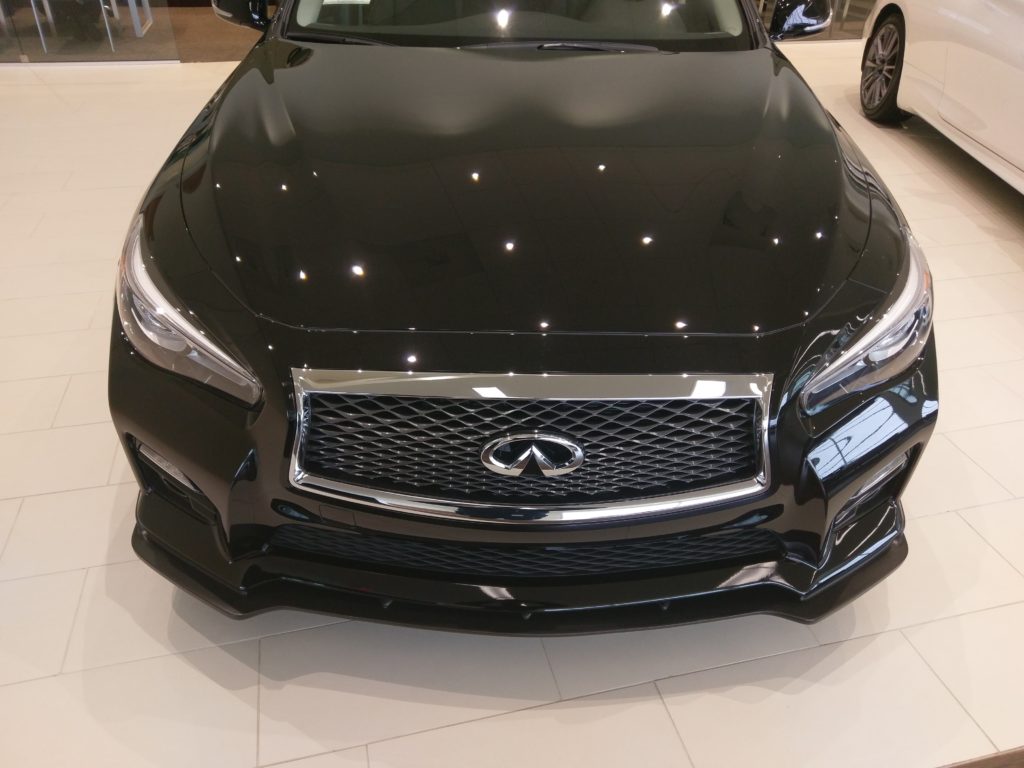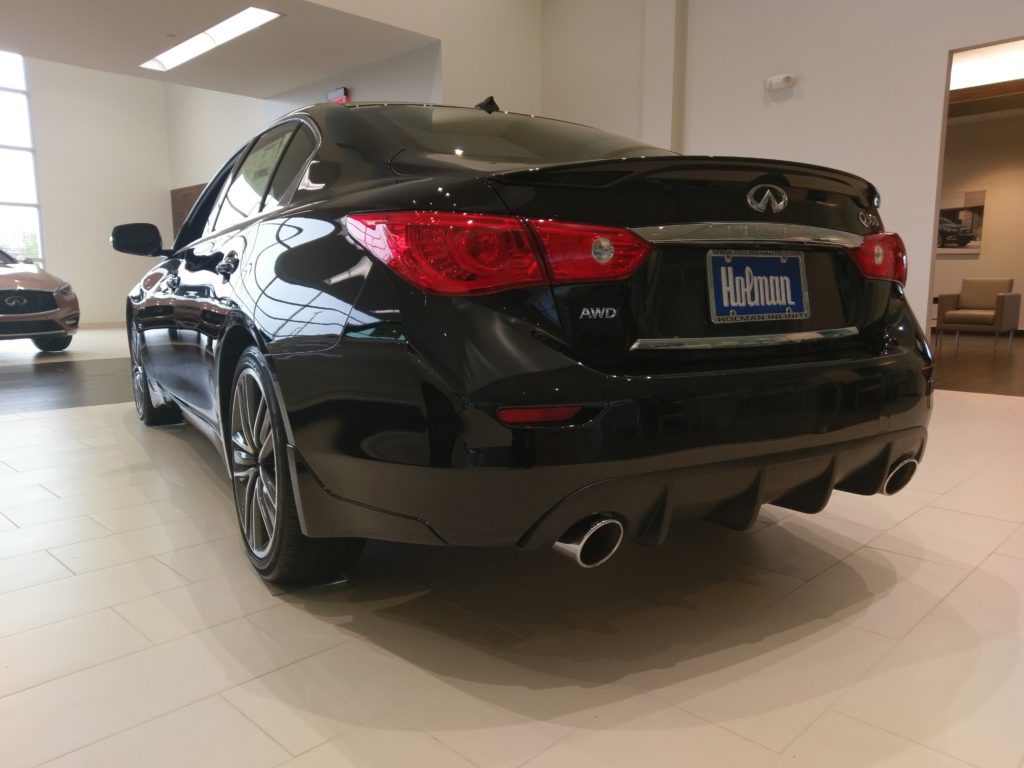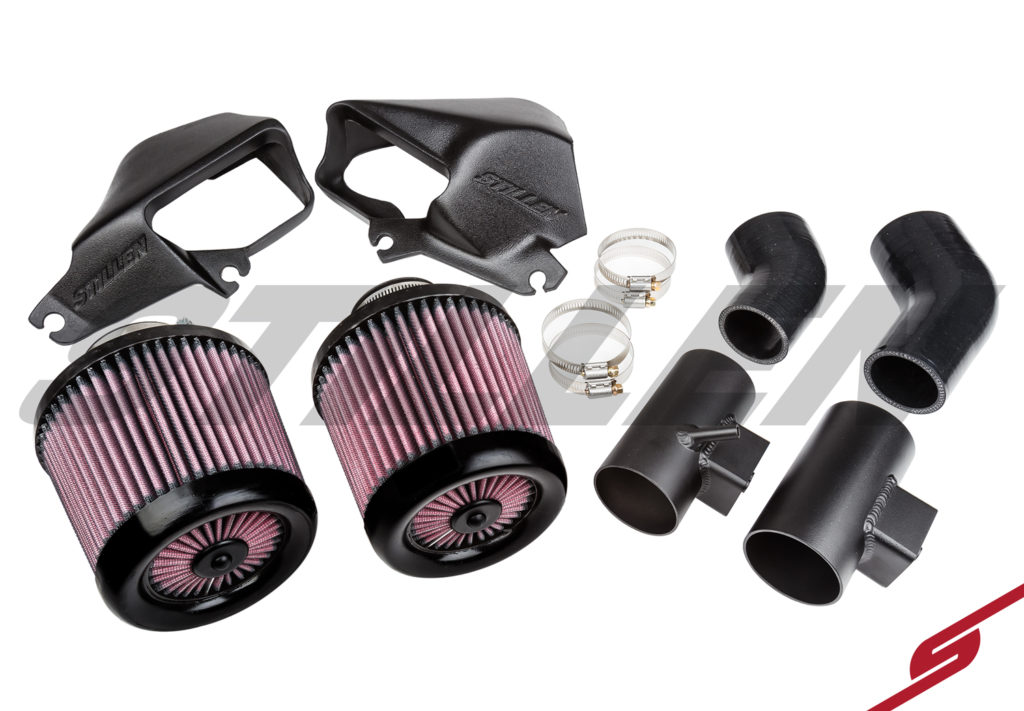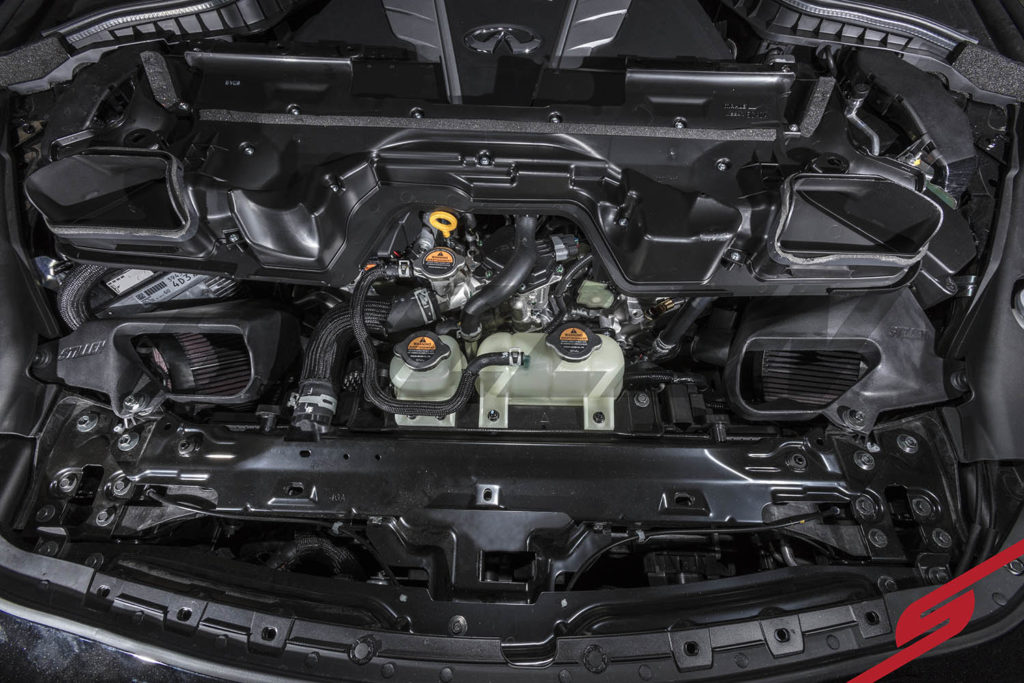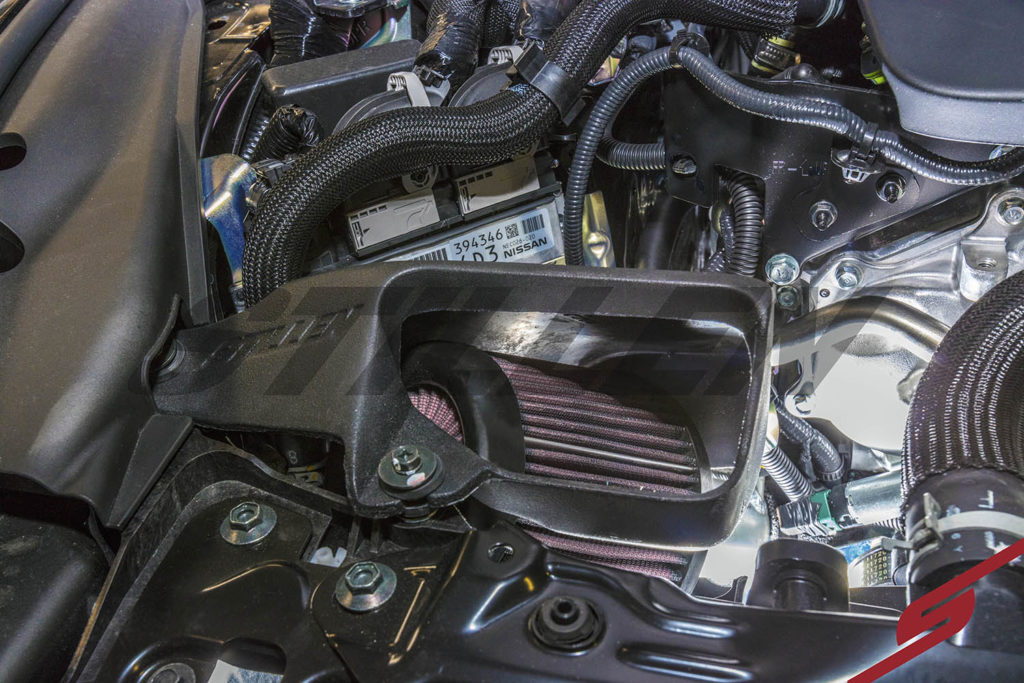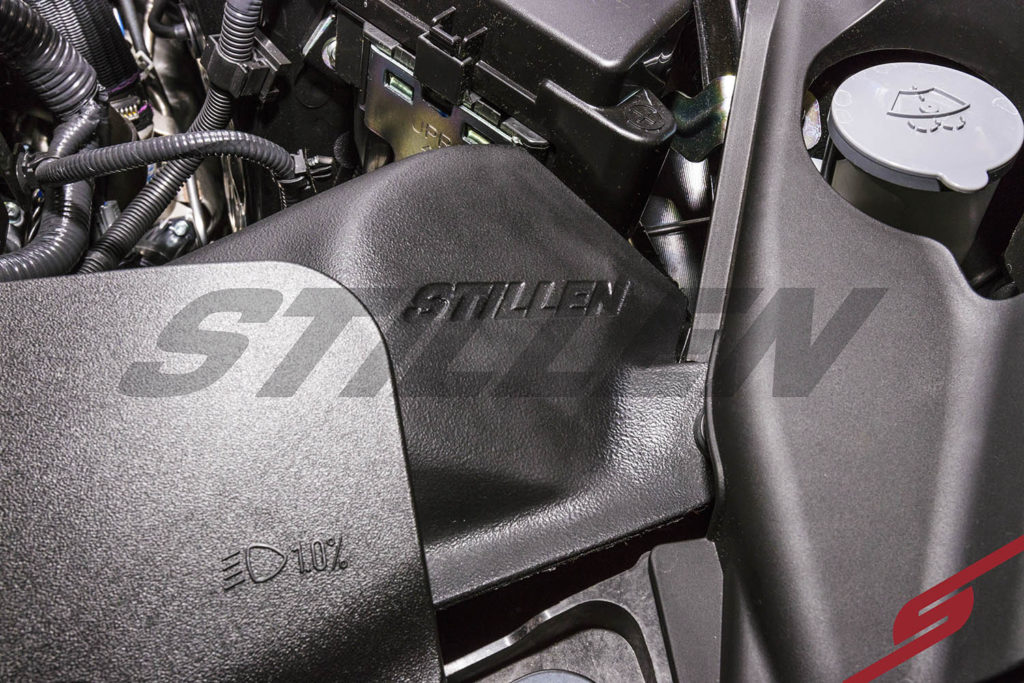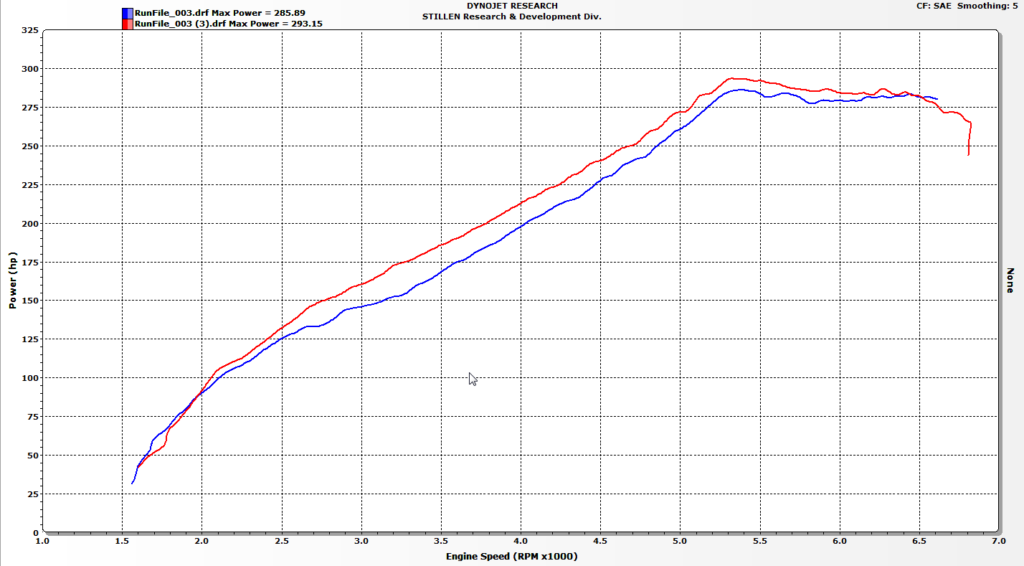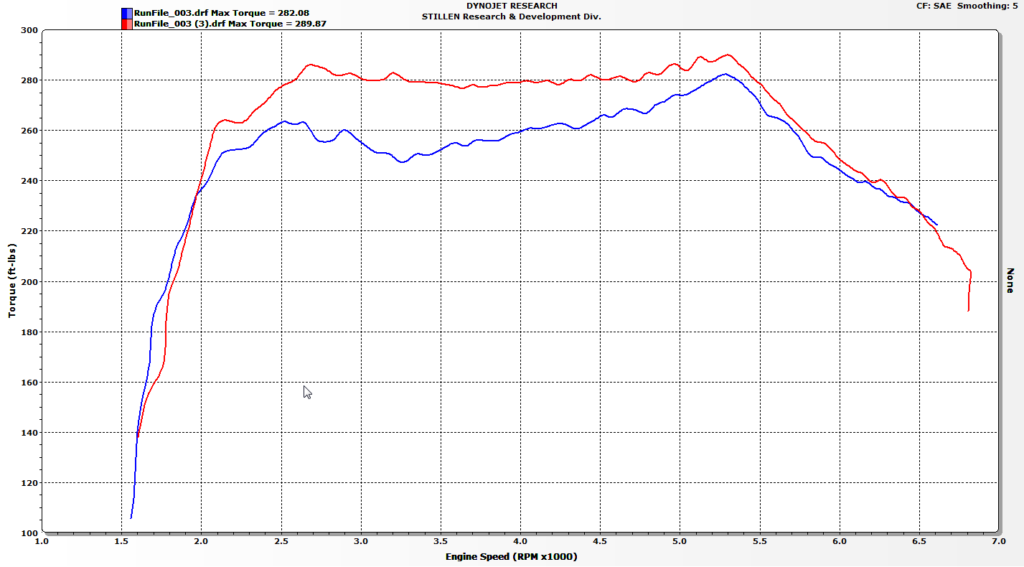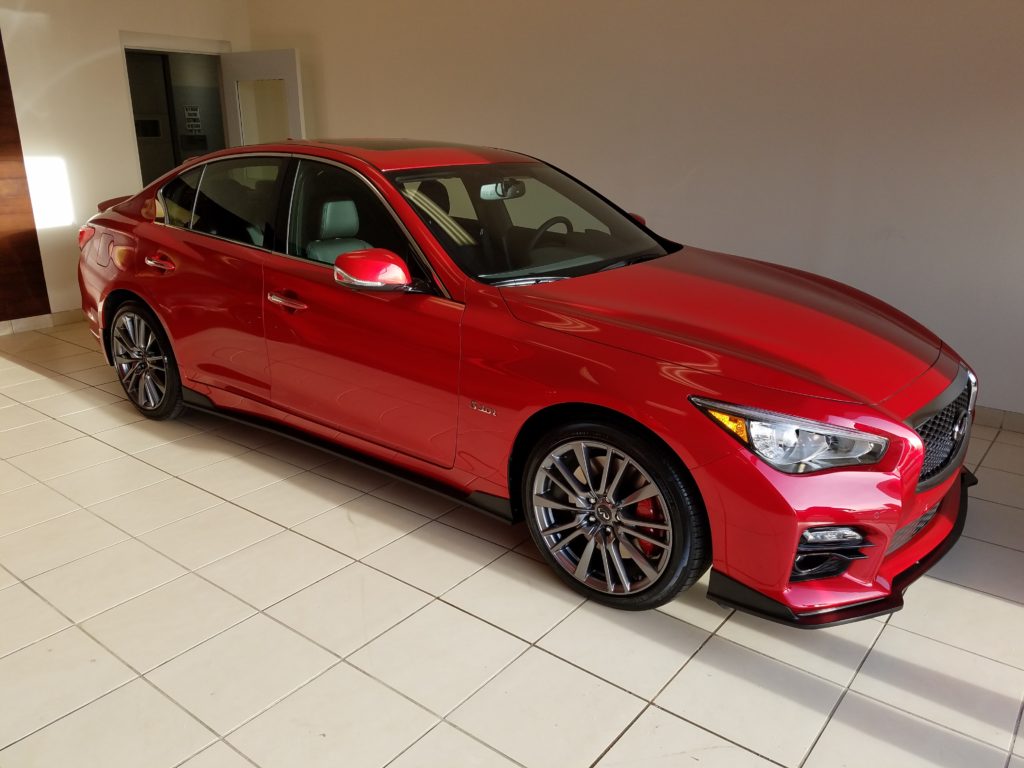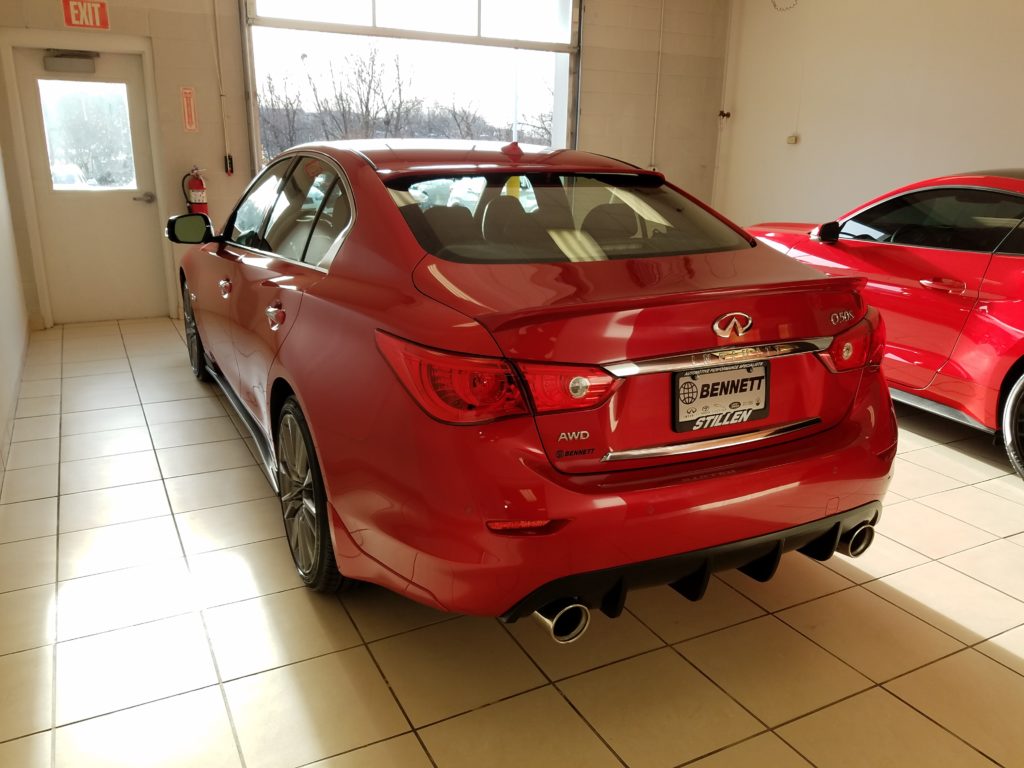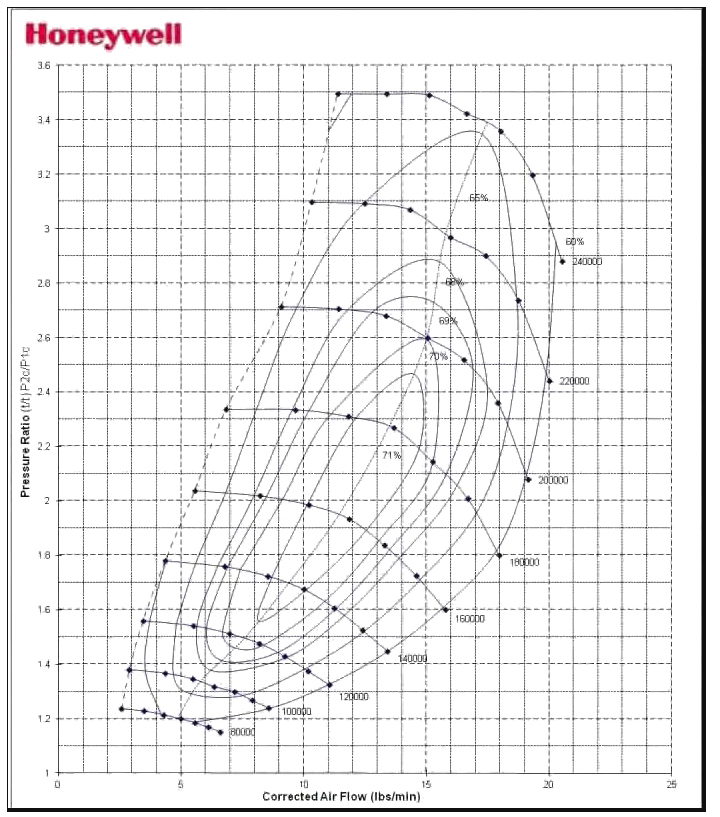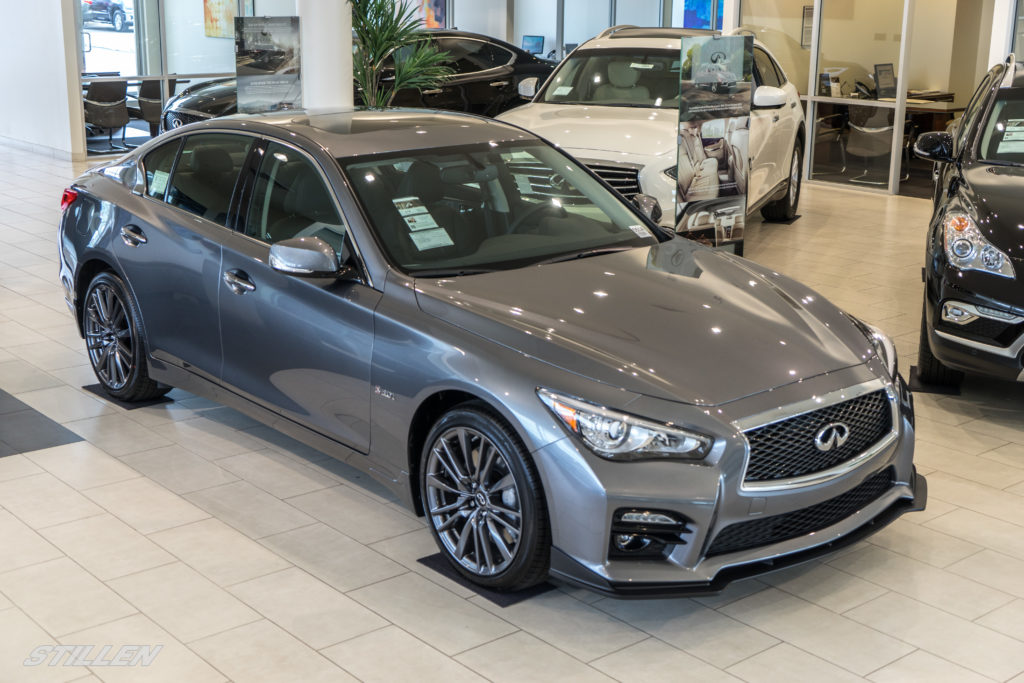
The End of an Era Begins
With the introduction of the Q50 Twin Turbo and 2.0 turbo, 2016 marks the beginning of the end for the now famous Nissan VQ family of engines.
For nearly two decades, the Nissan V6 engines have been based on the VQ platform. These engines have been widely revered as powerful, fun, and innovative V6 mills with a distinctive sound – some would argue the “best” sound on the market.
STILLEN has always been fond of the VQ and its many variants; VQ35, VQ35DE, VQ35 rev-up, VQ35HR, VQ40 (found on the mini-truck and compact SUV line), and of course, the swan song VQ37 featuring Nissan’s progressive VVEL technology.
Nissan Returns to Its Roots
With deep respect and fond appreciation we say good-bye to the VQ. Now, we’re ushering in a new era by going back in history about 25 years.
Sound weird?
To our eyes anyway, Nissan appears to be returning to its performance roots. Long time Nissan fans know that the epitome of a performance Nissan engine is the VG30 3.0 liter V6 engine found in the Z32 chassis Nissan 300ZX. These cars were feared and respected in their time and are now considered timeless classics.
The latest excitement surrounding NISSAN power plants is the new VR30 3.0 liter V6.
See the resemblance?
The VR30 comes in two flavors, 300HP and 400HP. Needless to say, here at STILLEN we can’t wait to work on these engines.
However, it isn’t the only interesting new turbo engine available from Nissan/Infiniti.
The new Q50 is already available with a 4 cylinder turbo engine sourced from Mercedes.
Which leads us to the question…
One Turbo or Two?
Contrary to all the talk about the Infiniti Q50 and the all-new VR30 Twin Turbo, there’s been nothing but crickets about the Q50 2.0 Turbo that recently hit Infiniti showrooms.
Makes us wonder: is two the minimum number of turbos required to generate online chatter these days? Or is it more about engine displacement? Both?
Regardless, as usual the car with the smaller engine gets ignored. Here at STILLEN, we love underdogs because they usually embody the kind of performance challenge we love to take on.
And we know there’ll be plenty of enthusiasts who will pick up a Q50 4-banger and promptly begin to modify it.
So color us inspired!
Your 15 Seconds of Fame
Everyone dreams of owning that 500+ horsepower monster…the one that gets you daydreaming. You know the scenario: that magical day you line up on a Ferrari and live out everyone’s Fast and Furious fantasy.
The one where you:
- Win the race
- Shame the dude
- Get the girl
Ahhh yes…
Now that you’ve taken a second to imagine that scene from the movie, let’s return to reality. Because of real life concerns like budgets, insurance, significant others and gas mileage, lots of people will be purchasing the 2.0 Turbo version.
You know..the model that only has one turbo.
“One turbo? Old school, Bruh”.
Nah…the truth is, turbos in any quantity are back to stay and will likely usher in a golden era of automotive performance that we last enjoyed in the turbocharged 90’s.
No Replacement for Displacement?
Sure, bigger displacement motors will always be the dominant power plants in regards to hop up potential. There truly is no replacement for displacement after all.
And there seems to be a particular stigma in the Luxury Sport Sedan/Coupe scene about small displacement motors. While many owners now equate larger displacement 6 cylinder engines with luxury, let’s not forget that these 4 cylinder turbo motors aren’t that different that those found in other sporty cars.
A Weighty Decision
The weight differential between “pure” sports cars and “luxury” sport cars is less than you might think. For example: Subaru WRX – 3400 lbs, Audi S3 – 3400 lbs, Mitsubishi Evo – 3500 lbs. Granted, the Q50 2.0t weighs in around 3700 lbs. And yes, those other cars come from the factory with a lot more power.
However, there are plenty of indications that this engine is very capable of respectable output. We already know some versions of this motor (sourced from Mercedes) make 241 hp from the factory. The 208 hp version has been tuned to around 260 hp (and 302 lb-ft torque) with the stock turbo.
Needless to say, it appears there’s room for growth. If it’s possible to get the 2.0t into the 300 crank horsepower range, it will definitely be a blast to drive. It’d pretty much erase the 200 pound penalty and deliver all the real world benefits of a smaller displacement engine (insurance, gas mileage, happy girlfriend, boyfriend, spouse, etc).
Go Fast Bits – Developing Q50 Turbo Aftermarket Parts
STILLEN has already confirmed fitment of our body styling polyurethane parts (Splitter, Diffuser, Side Splitters, Roof Wing, and Deck Wing), Axle-Back Exhaust, and Rear Sway Bar. We have a cat-back exhaust in development and more goodies on the testing bench.
Handling wise, our friends at RS-R already have lowering springs and coilovers done.
So the power, performance and style parts for the 2.0t Q50 are already on tap and ready to quench your thirst.
Driving Impression: Torque to the Rescue
When Infiniti released the Q50 back in 2013 (as a 2014 model), the enthusiast community was impressed by its styling, comfort, and performance. The tried and true VQ37 provided ample power for a bit of fun and that refined feeling. It was only a matter of time before Infiniti followed the market trend and began spec’ing a small displacement turbo engine for the base model. Like most people, we thought this was a bit of a travesty (we’d grown rather fond of the raspy V6).
Now that we finally got a chance to drive the 2016 version of the small displacement Q50…it’s..not so bad.
At the bottom end, horsepower feels a bit anemic, but a dose of torque on the low end of the curve helps move things off the line.
At the other end of the spectrum, the car definitely lacks the top end power we were accustomed to with the previous engine. Once you pass about 5K rpm it feels like the motor is being reined in. The power stops building and the acceleration falls off a bit.
It isn’t terrible, but it’s a little disappointing to say the least.
Good News Travel Fast
The good new is, our initial testing with exhaust parts has definitely yielded improved feel in top end power. This hints that the car will be very responsive to mods. Who knows…maybe a STILLEN modified 2.0t will end up being faster than the VQ37 equipped Q50’s. Time will tell.
Meanwhile…
Call your STILLEN Power, Performance and Style expert at 866-250-5422. We’ll help you build the Q50 of your dreams!
